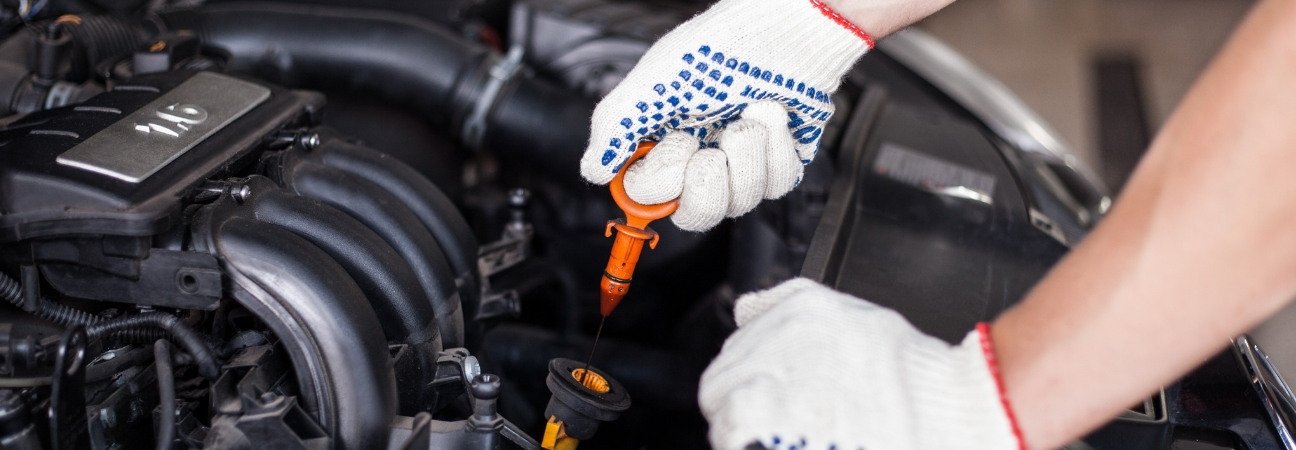All Categories
Featured
Your car's shock absorber is an important part that enhances your driving experience by offering control, stability, and convenience. Over time, deterioration on this system can jeopardize your auto's safety and security and performance. By taking on correct upkeep practices, you can expand the life of your suspension and stay clear of pricey fixings. Below's a detailed guide to maintaining your suspension system in outstanding shape.
![]()
Dripping Fluid: Oil around the struts or shocks suggests they might require replacement. Harmed Springs: Fractures or breaks in the springs can trigger uneven lorry height. Rust or Rust: Metal components like control arms and bushings are prone to corrosion with time. If you discover any problems, have your shock absorber checked by a specialist auto mechanic.
Maintain tires pumped up to the advised stress. Turn tires every 5,000 to 7,500 miles. Balance and line up wheels each year or after striking curbs or pits. Irregular tire wear is a common indication of suspension misalignment or worn parts.
![]()
Conclusion. Appropriate upkeep of your shock absorber is vital for guaranteeing a comfortable and risk-free driving experience. By performing regular examinations, changing used components, maintaining tire treatment, and driving properly, you can maintain your suspension in peak problem. Proactive care not only prevents pricey repair services however also guarantees your vehicle's longevity and safety and security for every single trip.
- Recognize the Importance of the Shock Absorber. The shock absorber absorbs shocks from irregular roadways, sustains the car's weight, and maintains the tires firmly touching the roadway. It includes shocks, struts, springtimes, control arms, and bushings, all of which work together to make sure a secure and smooth adventure. Identifying its relevance is the primary step towards proper care.
- Conduct Regular Aesthetic Examinations. Constant visual checks can help determine possible problems early. Try To Find:

Dripping Fluid: Oil around the struts or shocks suggests they might require replacement. Harmed Springs: Fractures or breaks in the springs can trigger uneven lorry height. Rust or Rust: Metal components like control arms and bushings are prone to corrosion with time. If you discover any problems, have your shock absorber checked by a specialist auto mechanic.
- Address Unusual Noises and Signs. Unusual sounds, such as creaking, squeaking, or clunking, often signal suspension issues. A bouncy trip, trouble guiding, or the lorry pulling to one side shows that a suspension component might require interest. Do not neglect these indications; very early discovery can prevent additional damages.
- Maintain Proper Tire Treatment. Tires and suspension collaborate to supply a smooth trip. To lower stress and anxiety on your suspension system:
Maintain tires pumped up to the advised stress. Turn tires every 5,000 to 7,500 miles. Balance and line up wheels each year or after striking curbs or pits. Irregular tire wear is a common indication of suspension misalignment or worn parts.
- Replace Worn-Out Components in a timely manner. Suspension parts like shocks, shows off, and bushings wear in time. Manufacturers generally advise replacing shocks and struts every 50,000 to 100,000 miles, relying on driving problems. Delaying substitute can endanger handling, safety, and general lorry efficiency.

- Prevent Overloading Your Automobile. Exceeding your vehicle's weight capacity places too much stress on the shock absorber. This can lead to quicker put on and tear on components like springtimes and shocks. Constantly inspect your proprietor's manual for weight limitations and prevent overloading.
- Drive Properly. Hostile driving habits, such as speeding over holes, taking edges as well fast, or often driving on rough roadways, can damage your suspension. Technique cautious driving to lessen wear and prolong the lifespan of your shock absorber.
- Arrange Professional Examinations. Regular expert evaluations are essential for identifying covert problems and ensuring ideal efficiency. Technicians can find troubles that aren't noticeable during a do it yourself check, such as used round joints or control arm damages.
Conclusion. Appropriate upkeep of your shock absorber is vital for guaranteeing a comfortable and risk-free driving experience. By performing regular examinations, changing used components, maintaining tire treatment, and driving properly, you can maintain your suspension in peak problem. Proactive care not only prevents pricey repair services however also guarantees your vehicle's longevity and safety and security for every single trip.
Latest Posts
Find the Top Auto Repair Deals in Montclare, Chicago
Published May 24, 25
1 min read
Trustworthy Overhead Door Solutions for Houses and Businesses
Published May 23, 25
1 min read
Improve Your Residential Property with Overhead Door Systems
Published May 22, 25
1 min read